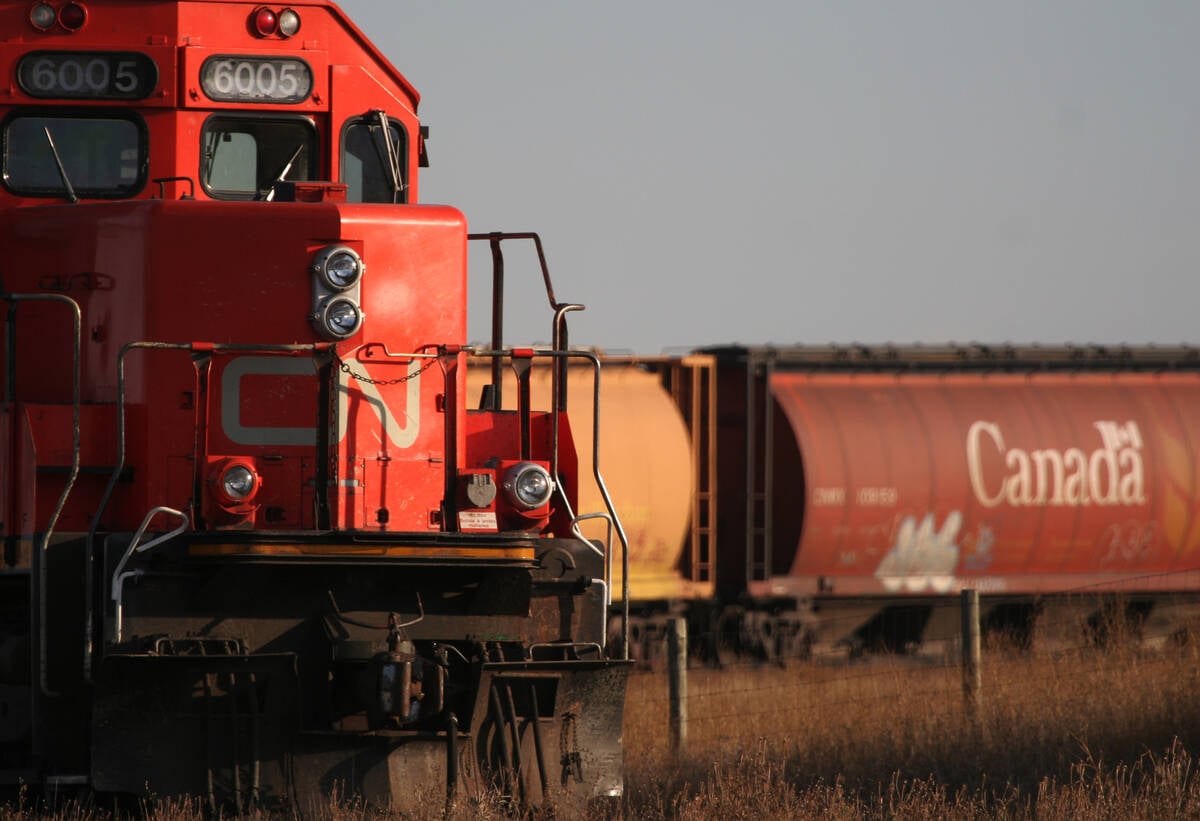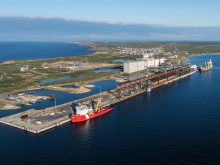Beef prices low
Fed steers were down $5.75 per hundredweight last week and heifer averages were down $5 although some of the decline was already in prices the previous week.
Volumes were down but there were still 20,000 head sold. Carcass weights are dropping, indicating there is no backup at feedlots.
American and Ontario buyers were a factor last week.
Alberta prices April 26 were steers $103.15-$106.50 per cwt., flat rail $172-$175.85 and heifers $104-$104.25.
Warm weather has finally blanketed much of North America, which should bring out the barbecues and increase demand for beef.
Read Also

Working groups established to address challenges in the containerized and bulk movement of commodities
CN is working with the pulse and special crops sector on resolving challenges in shipping those commodities.
But Canfax said retailers want packers to boost their kills and increase the supply of meat before they start featuring the product.
If demand increases, fed cattle prices should stabilize. Also, demand should be helped by the lower meat prices.
Montreal wholesale beef fell by $3-$4 to $188 per cwt.
Calgary prices fell $3-$5 with handyweights at $182-$190 and heavy cattle down $4 to $178-$180.
Heavier feeder cattle were mostly steady, while lighter calves were down $1-$3 per cwt., said Canfax. Cows traded steady at the start of the week but weakened towards the end.
There were large volumes at the auction marts.
Volumes were up 91 percent in Alberta with 47,000 head in the markets, but the number should fall as seeding begins.
Typically from the middle of April into May, volumes tail off to around 20,000-30,000 head per week.
Some rings reported good quality cows trading $5-$8 lower than the previous week’s close.
Canfax said that in areas with grass, demand should be good for cattle destined for pasture. Heavier feeder cattle prices are expected to be mostly steady.
In stock cow trade, bred cattle prices were steady. Bred cows sold from $860-$1,600 (most $1,200-$1,500).
Bred heifers sold from $1,150-$1,600 (most $1,200-$1,400). Cow-calf pairs traded in a range of $800-$1,820 (most $1,250-$1,700).
Dollar hurts hog prices
This week’s stronger Canadian dollar partly offset the positive effect of higher American hog prices.
This part of spring is usually a time of high wholesale pork prices, said Manitoba Agriculture.
But the news that Japanese processors will return to their Danish pork suppliers could mean that the seasonal price peak arrived early this year.
The ban on Danish pork was lifted before most Japanese buyers were forced to turn to Canadian or American suppliers.
Wholesale prices for pork products in the United States were mixed with lower prices for bellies and ribs later in the week.
Hog futures prices dropped at midweek, but cash prices were stronger.
The Iowa-Minnesota daily direct hog price (mean, 51-52 percent lean, live equivalent) rose from an average of $50.02 (US) per cwt. on April 23 to $50.86 on April 26. The weekly average hog price was 2.1 percent above the previous week.
The U.S. Department of Agriculture’s April 1 hog inventory estimates showed that herd expansion continues to be minimal. Only one percent more sows farrowed during March 2001 than a year earlier, while March’s pig crop rose by 1.7 percent.














